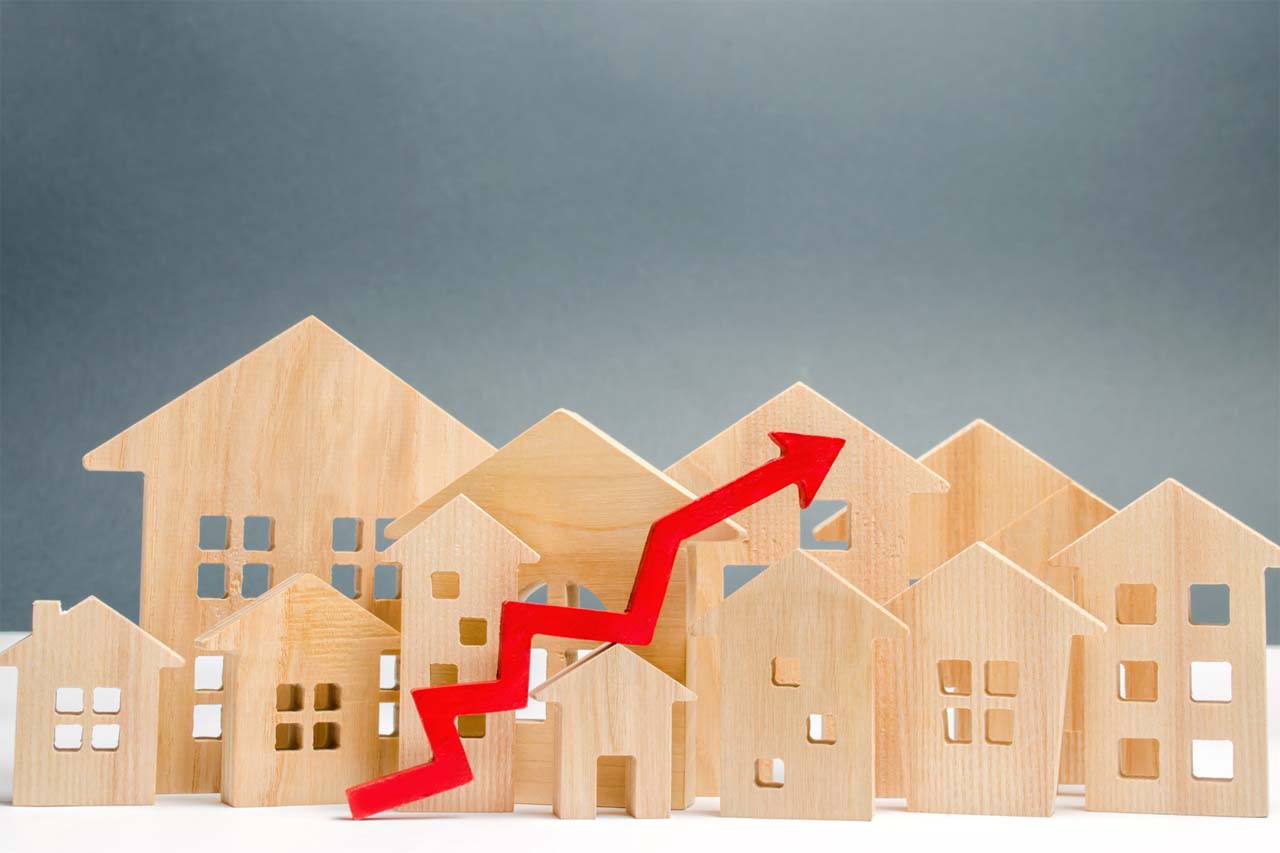Miami housing premiums continue to rise, posing challenges for potential homeowners and the local market. This trend comes from a recent study by Florida Atlantic University and Florida International University.

Growing Concerns Amidst Economic Shifts
Miami’s housing market shows signs of overvaluation, with March data revealing homes priced at 34.7% above the expected long-term trend. This significant discrepancy contrasts sharply with other Florida regions, where housing premiums are either stabilizing or declining.
Experts are particularly concerned about this deviation, emphasizing the unusual market behavior in Miami compared to its neighbors. This divergence suggests a potential bubble, making it crucial for investors and homebuyers to approach it with caution.
Factors Driving the Increase in Miami Housing Premiums
The rise in Miami housing premiums is influenced by specific local market conditions that resist the typical effects of increasing interest rates. Instead of cooling down, Miami’s housing market continues to surge.
This unique behavior underscores the need for housing prices that better reflect long-term economic trends and suggests a close monitoring of local factors impacting market stability.
Comparative Analysis with Other Cities
Other cities in Florida show signs of returning to their pricing norms. In contrast to Miami, other Florida cities like Cape Coral and North Port are experiencing a decline in housing premiums. Last month, these areas saw significant decreases, indicating a trend toward market stabilization.
This shift suggests that while Miami’s market remains robustly inflated, other regions are aligning more closely with long-term pricing trends.
Expert Insights on Future Trends
Economists argue that Miami‘s housing market may face a period of price stagnation. This could make renting more appealing than buying for now. However, they also note that the era of rapid price increases could be nearing an end.

Miami’s housing market remains an outlier in Florida. While it offers challenges, understanding its unique dynamics can provide opportunities for informed decision-making in real estate investments.
Related posts:
 10 Most Affordable Cities To Buy A Home In 2023
10 Most Affordable Cities To Buy A Home In 2023
 Mortgage Delinquency Rate Tumbles to a 43-Year Low Amid Economic Recovery Signs
Mortgage Delinquency Rate Tumbles to a 43-Year Low Amid Economic Recovery Signs
 2023 Pennsylvania Housing Landscape: Is A Decline on the Horizon?
2023 Pennsylvania Housing Landscape: Is A Decline on the Horizon?
 FHFA Conforming Loan Limit Hike to $766,550 in 2024: Implications and Analysis
FHFA Conforming Loan Limit Hike to $766,550 in 2024: Implications and Analysis
 HELOC vs Home Equity Loan: Choosing Your Second Home Financing Wisely
HELOC vs Home Equity Loan: Choosing Your Second Home Financing Wisely



